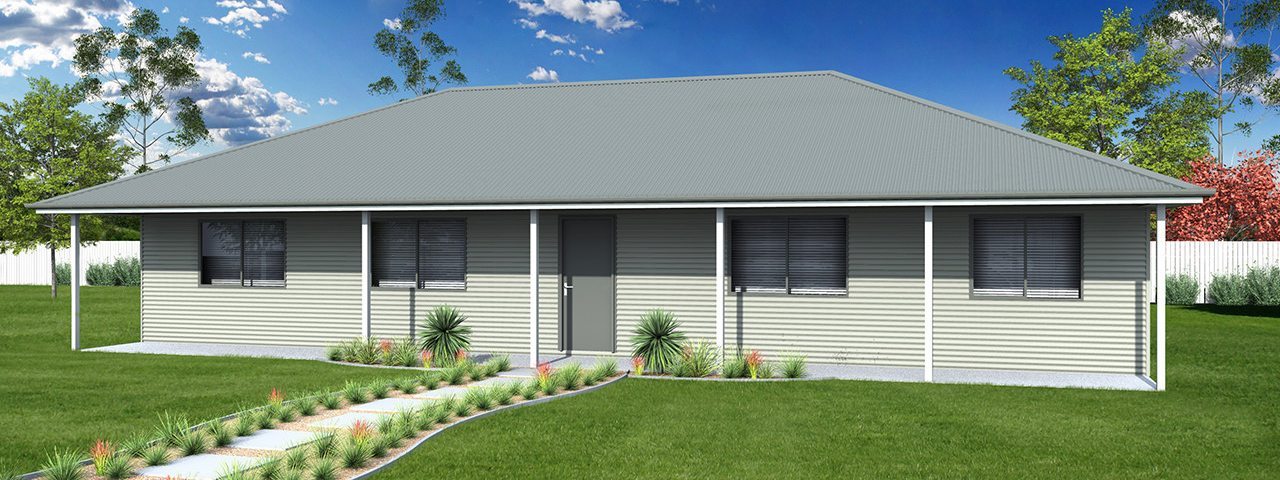Soil testing or “Site Classification” as it is correctly known, is carried out on your building site to estimate the expected soil movement and hence foundation movement due to extreme moisture changes.
There are three methods of site classification given in Australian Standard AS2870 “Residential Slabs and Footings” and these are:
(i) Visual assessment of the performance of existing buildings and knowing the footing type used on those buildings.
(ii) Identification of the soil profile compared with established data of building performance on a similar soil profile.
(iii) Laboratory testing and computation of expected soil movement.
A soil test is undertaken by drilling 3 small diameter bore holes within the area that the home is to be built and from the soil profiles obtained a site classification and foundation depth will be nominated.
The standard requires that all sites be classified basically as either –
Class A – Most sand & rock sites with little or no ground movement
Class S – Sites with slight ground movement.
Class M – Moderately reactive clay or silt sites which can experience moderate ground movement.
Class H – Highly reactive clay sites which can experience high ground movement.
Class E – Extremely reactive sites.
or Class P – Sites which include soft soils, landslips, collapsing soils and the like
Backyard Shacks provide engineering for soil classifications A, S and M. For any other soil classifications, you would need to consult a local engineer to provide RC Slab/Footing engineering to suit your site.


